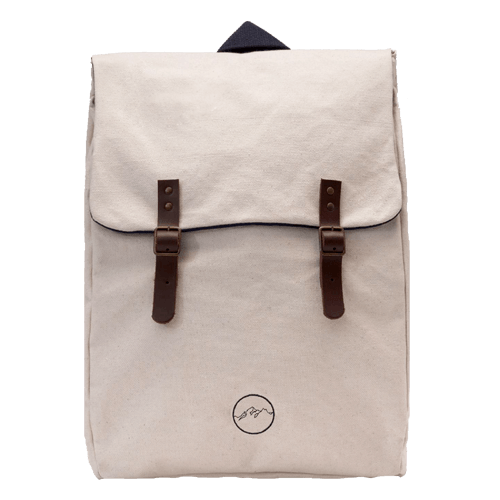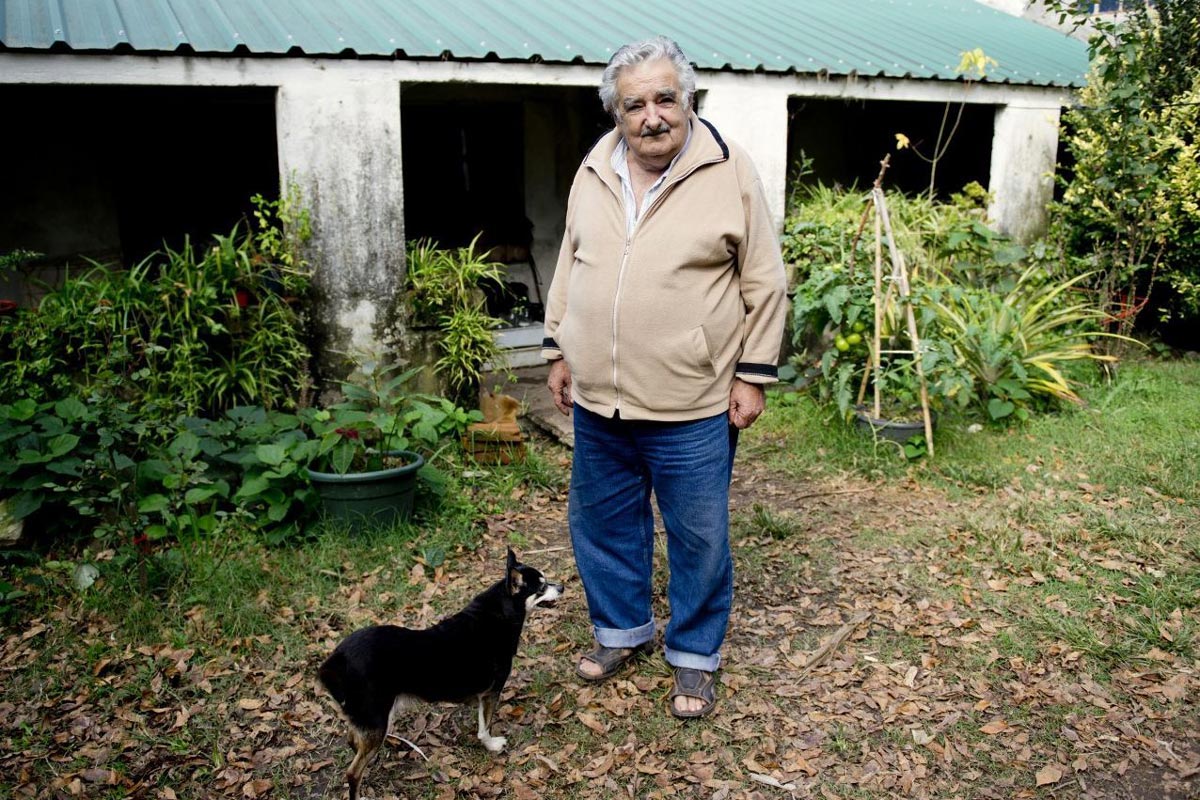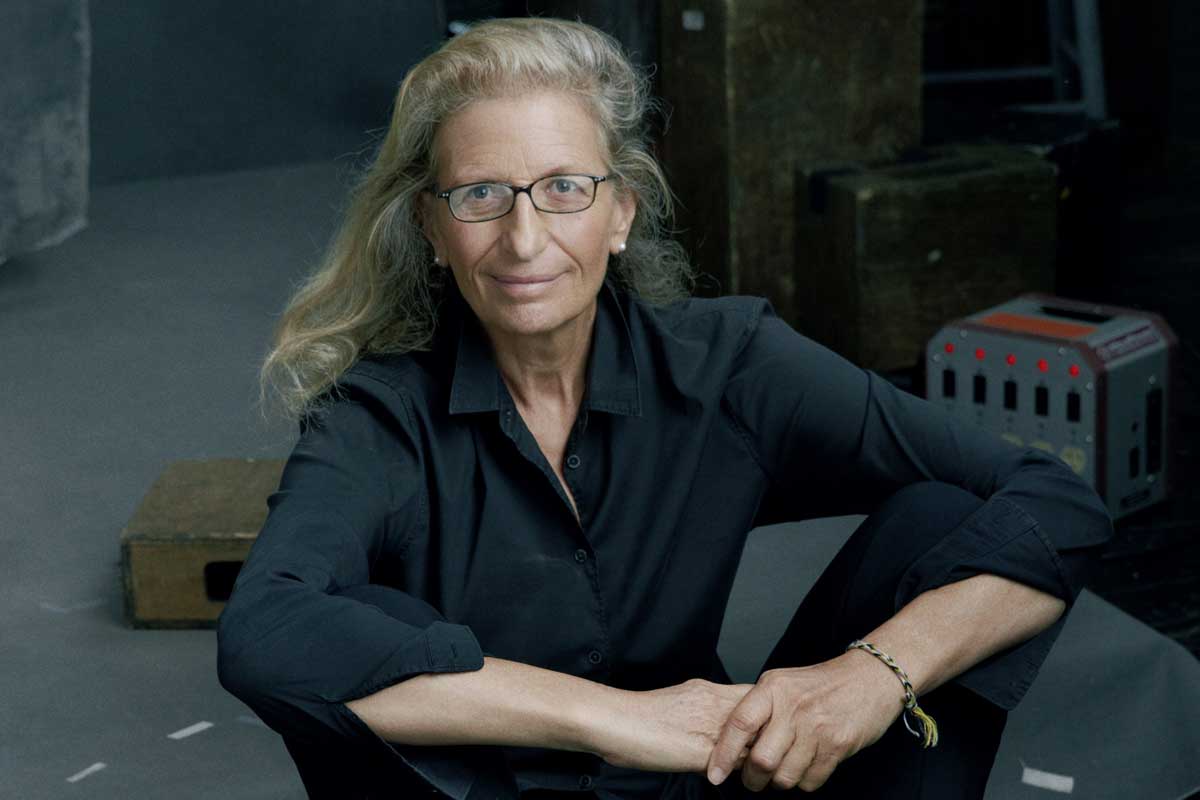Great artists suffer for their work. Frida Kahlo certainly did.
One of Mexico’s most famous artists, she is famed for her self-portraits, complete with monobrow and moustache.

Now regarded as a feminist icon, her life was racked with pain, both physical and emotional, which was often evident in her honest and unflinching works, and in her diaries.
Kahlo’s life was tough from the start. At the age of six she contracted polio, which confined her to her bed for nine months. She recovered from the illness but limped when she walked because of the damage to her right leg and foot. The limp led her pelvis and spinal column to twist and deform as she grew.
Worse was to follow. At 18 she was involved in a horrific traffic accident when an electric trolley cart crashed into a wooden bus she was travelling on. Her injuries were terrible. She was impaled by a handrail.
Her spinal column and pelvis were each broken in three places; her collarbone and two ribs broke as well. Her right leg, the one deformed by polio, was shattered, fractured in 11 places, and her right foot was dislocated and crushed. She later said: “The handrail pierced me as the sword pierces the bull.”
It left her with her chronic pain and she underwent 30 operations, but her failure to rest and recover sufficiently would cause health repercussions for the rest of her life. Later in life she would also suffer several failed pregnancies or miscarriages and an eventual amputation of her leg up to the knee.
It was during recuperation from the road accident that she completed her first self-portrait. Commenting later on the vast number she produced, Kahlo said: “I paint myself because I am often alone and I am the subject I know best.”
Emotional pain came in the form of husband and fellow artist Diego Rivera. Their turbulent relationship was marked with a string of infidelities on both sides. Kahlo, who would often dress in men’s clothing, would enjoy indiscretions with men and women, and cemented her reputation as a revolutionary and a Communist by embarking on a brief tryst with Leon Trotsky.
Being a revolutionary was something Kahlo enjoyed playing on. She was born in 1907, but later insisted it was 1910, not out of vanity, but so that her birth would coincide with the birth of a new Mexico, following its revolution and the overthrow of its president that year.
She moved in socialist circles, supported third-world culture and values against colonial appropriation, and her affairs with women and Trotsky helped her stand out from the crowd.
She hid nothing away. Some of her most famous works reflected her pain. The Broken Column shows her body stuck with nails, in which a crevice opens in her body to reveal her broken backbone in the form of a ruined Ionic column.
A string of failed pregnancies meant Kahlo was unable to bear children, and in 1932 she painted Henry Ford Hospital right after a miscarriage. It depicts Kahlo on a bed bleeding, with the cold and industrial feeling from being far from home in Detroit, shown behind her. She chose to paint on a sheet of metal.

Her diaries – a pictorial record of the last and most lurid decade of her life – also goes some way to cementing her figure as tortured soul. They are intimate and enigmatic and make the strange workings of her mind literally an open book.
Kahlo was deeply influenced by indigenous Mexican culture, which is apparent in her use of bright colours and dramatic symbolism. She would have had little idea of the impact she would have on the late 20th century feminist movement.
She created her distinctively female visual language well before the feminist movement had formulated its theory that the personal was the political. The power of her art then became vital for women – not just artists, but women of all sorts – who were struggling to explore the ways in which female experiences had been overlooked in our culture.
A picture such as The Love Embrace of the Universe, in which Kahlo creates a kind of feminine cosmology, would not look out of place if it had been created in a hippie commune of the 1970s. Other paintings explore female physical experiences from birth to lactation in ways that still look startlingly honest and nakedly unashamed.
Ill health, poor lifestyle and her tumultuous relationship with Rivera (they briefly divorced before remarrying, although they still continued with their extramarital dalliances) meant Kahlo died in 1954, aged just 47.
She had travelled the world and seen her work exhibited in America and France, but it was only after her death that Kahlo’s fame as an artist has truly grown.
I paint myself because I am often alone and I am the subject I know best
Her beloved Blue House, where she shared for many years with Rivera, was opened as a museum in 1958. The 1970s feminist movement led to renewed interest in her life and work, as Kahlo was viewed by many as an icon of female creativity. Books and Hollywood biopics helped interest increase.
Kahlo’s life seems to be a kind of template for how a female bohemian should behave, with her vivid clothes, rebellious social behaviour, affairs with men and women, and her tempestuous marriage.
In her beloved Mexico, where she is known as la heroína del dolor, “the heroine of pain,” the artist is a national idol. She suffered greatly, but she was an artist who shied away from nothing and revelled in the indignity of heartbreak.
Telling the truth is never easy… Frida Kahlo made it an art form.




